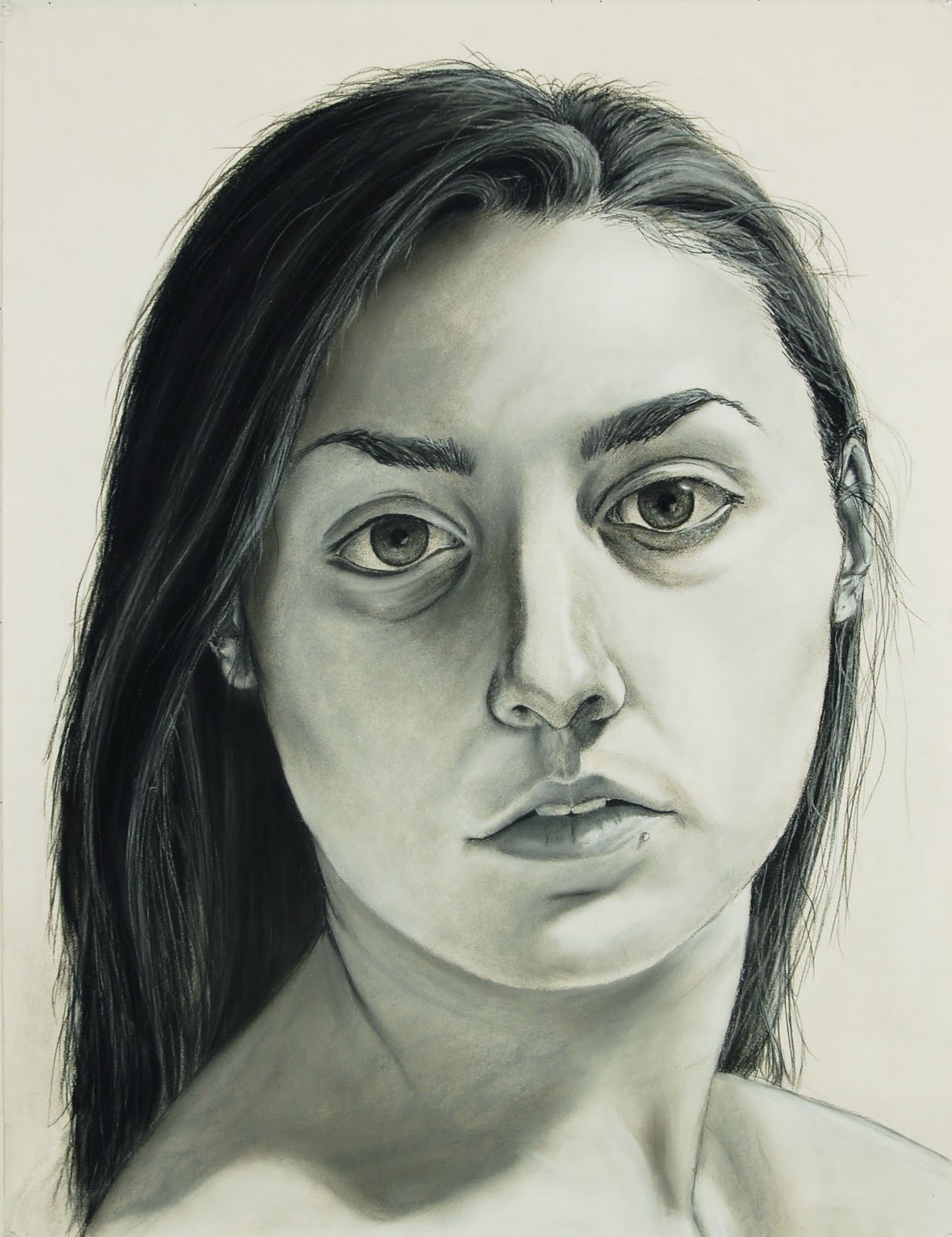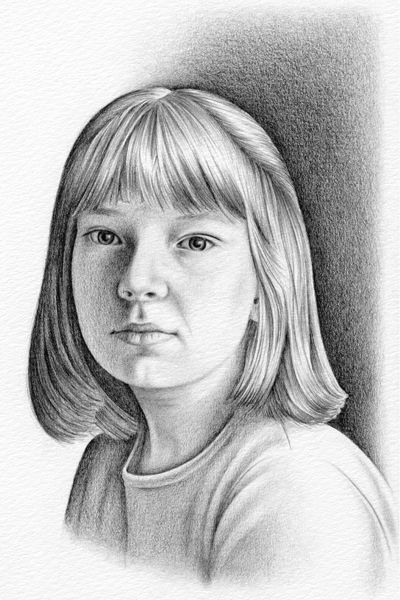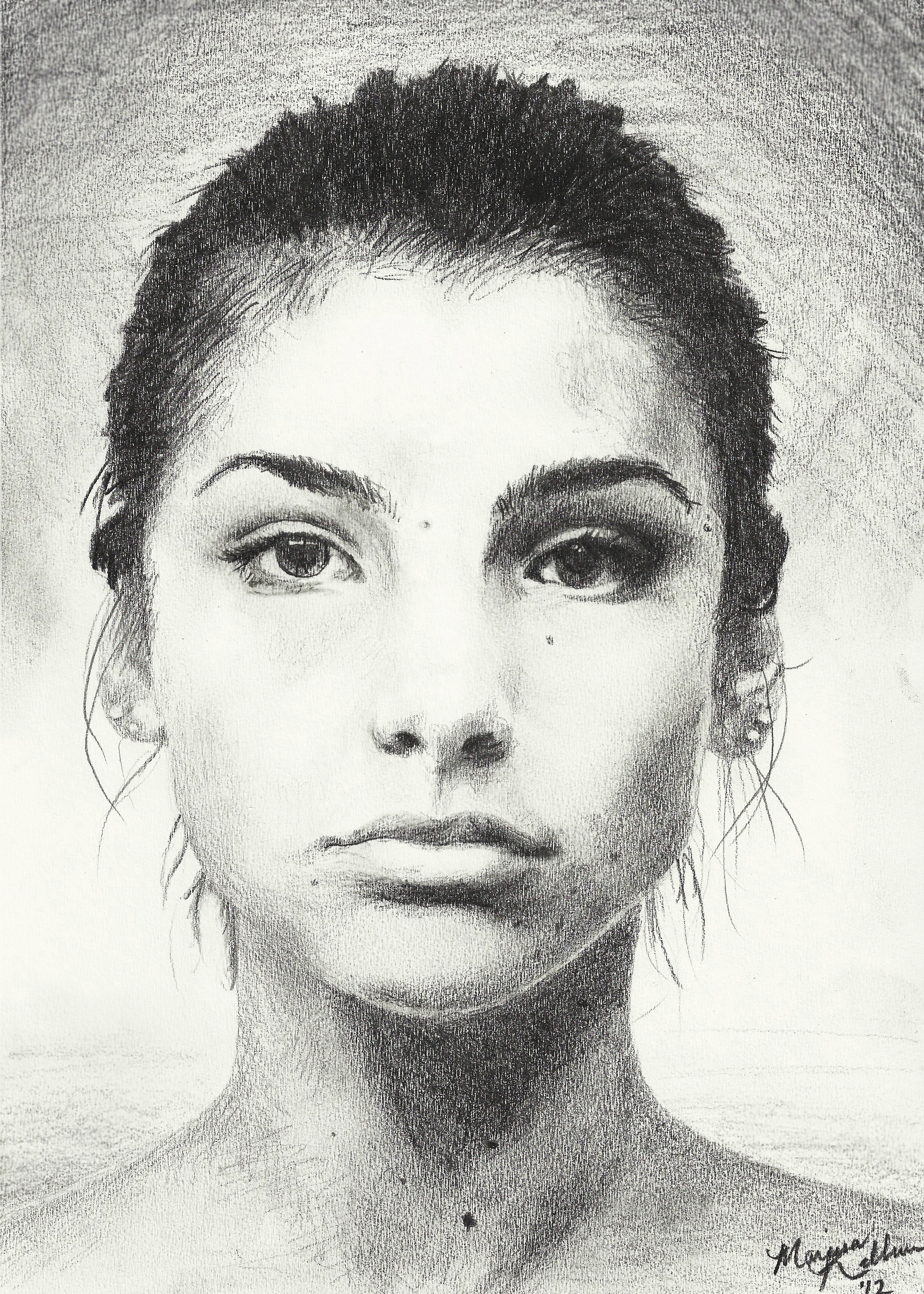Self portrait pencil portraits graphite deviantart drawings girl jooinn
Table of Contents
Table of Contents
If you’ve ever wanted to create a portrait of yourself, either for personal or professional reasons, you might be wondering where to begin. The idea of drawing a self portrait can be daunting, but with a few tips and techniques, the process can be more manageable than you think.
Challenges with Drawing a Self Portrait
Drawing a self portrait can be a challenging task for beginners and experienced artists alike. Some common pain points include capturing an accurate likeness and balancing proportions. Lighting can also be a problem, especially if you are working from a photograph, which can cause shadows and distortions that can affect the final result.
How to Draw a Self Portrait
The first step in drawing a self-portrait is to choose your medium. You can use pencils, charcoal, or even oil paints, depending on your preference. Once you have your materials ready, the next step is to find a good reference for your drawing. You can either use a mirror or a photograph of yourself to help with the proportions and shapes of your features.
Begin by sketching the basic outline of your face using light lines. You can then start adding details, such as your eyes, nose, and mouth. A useful tip is to focus on one feature at a time to ensure you capture the correct proportions. Pay attention to the angle and direction of your features, as this will help give your portrait depth and dimension.
Once you have completed the details, you can move onto shading and texture. Start by adding light layers of shading to build up the volume of your face, focusing on the areas where there are shadows. You can use your pencil to create different textures, such as the roughness of your hair or the smoothness of your skin.
Summary of How to Draw a Self Portrait
If you’re interested in drawing a self portrait, there are a few key steps to keep in mind. Begin by choosing your medium and finding a good reference. Sketch the basic outline of your face and focus on capturing the correct proportions of each feature. Add shading and texture to bring your portrait to life.
Choosing the Right Reference Photo
When choosing a reference photo for your self portrait, it’s important to find an image that has clear lighting and shows your face at a good angle. A photo taken in natural light can help show your features more clearly and avoid harsh shadows. You should also consider the position of your face in the photo, as this can affect the proportions of your features.
One technique to help create a more accurate portrait is to use a grid. You can lightly sketch a grid over your reference photo and then draw a corresponding grid on your drawing paper. This will help you see the proportions and shapes more clearly and ensure a more accurate representation of your face.
Adding Personality to Your Portrait
Once you have captured the basic structure of your self portrait, you may want to add some personal touches to make the drawing more unique. Pay attention to details such as your hairstyle and clothing, as these can help convey your personality and style. You can also experiment with different colors or shading techniques to create a more expressive portrait.
Using Shadows to Create Depth
One technique to create more depth and dimension in your self portrait is to use shadows. Pay attention to the lighting in your reference photo and use shading to create areas of contrast and highlight. Shadows can also help give the illusion of volume and shape to your face and features.
Question and Answer
Q:
Can I draw a self portrait without using a reference?
A:
While it is possible to draw a self portrait without a reference, using a reference can help ensure more accurate proportions and details.
Q:
What is the best medium to use for a self portrait?
A:
The best medium to use for a self portrait depends on your personal preference and experience. Pencils and charcoal can create more detailed drawings, while oil paints can give a more expressive and colorful result.
Q:
How do I know if my proportions are correct?
A:
You can use a grid or measuring tool to ensure your proportions are accurate. You can also compare your drawing to the reference photo or use a mirror to see if the features look proportional to your face.
Q:
Can I make changes to my self portrait after I’ve started drawing?
A:
Yes, it is possible to make changes to your self portrait as you work. You can use an eraser to remove or adjust certain lines, or add more shading to create depth or texture.
Conclusion of How to Draw a Self Portrait
Drawing a self portrait can be a challenging but rewarding experience. By following these steps and techniques, you can create a personalized and accurate portrait that captures your features and personality.
Gallery
Hollyrose: Self Portrait

Photo Credit by: bing.com / self portrait drawing portraits draw pencil tips drawings jerrysartarama sketch drawn portraiture charcoal pintura técnicas desenho artsy techniques yourself
Pencil Portrait Drawing

Photo Credit by: bing.com / pencil portrait portraits drawing draw lessons realistic girl artist step techniques sketches young sketch shading faces hair tones men steps
Self Portrait. #art #sketch #sketchbook #pencil #graphite #drawing By

Photo Credit by: bing.com / portrait self sketch pencil drawing graphite sketchbook drawings sketches choose board
Self Portrait In Pencil By Leoplurodon16 On DeviantArt

Photo Credit by: bing.com / self portrait pencil portraits graphite deviantart drawings girl jooinn
How To Draw Children | Portraits For Kids, Self Portrait Drawing

Photo Credit by: bing.com / artprojectsforkids potrait sketching





